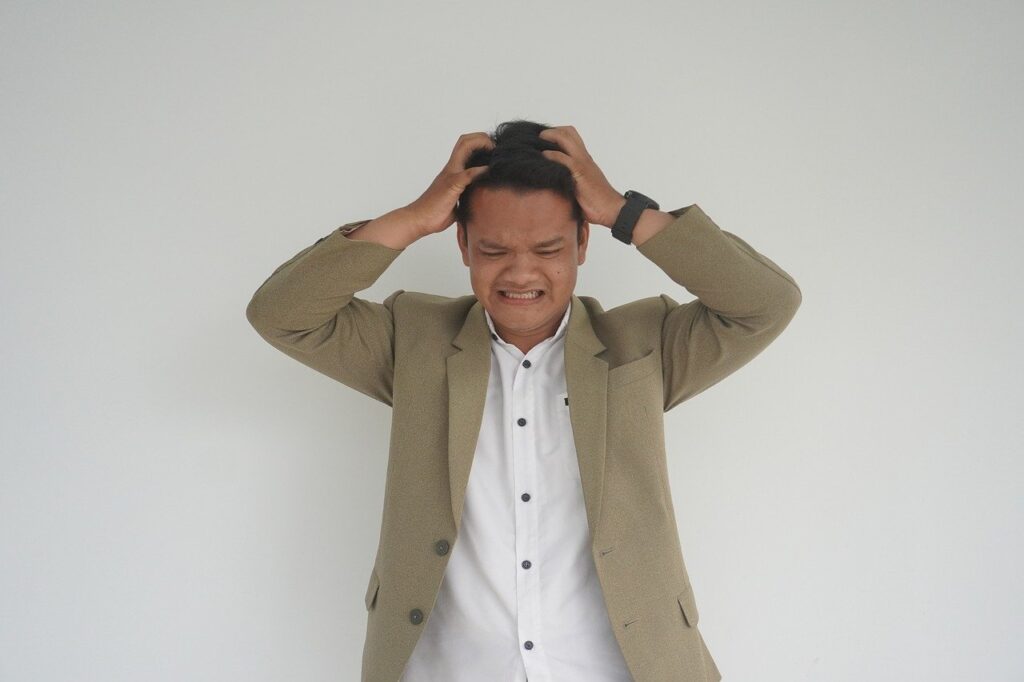Introduction to Vestibular Rehabilitation and Its Importance in Occupational Therapy
Vestibular rehabilitation is a specialized form of therapy designed to alleviate symptoms of dizziness and imbalance, often associated with conditions like vertigo. For occupational therapists, understanding and implementing vestibular rehabilitation can significantly enhance patient outcomes, making it a vital component of modern therapy practices.
Understanding the Role of the Vestibular System in Balance and Stability
The vestibular system, located in the inner ear, plays a crucial role in maintaining balance and stability. It provides the brain with sensory information about motion, head position, and spatial orientation. Dysfunction in the vestibular system can lead to dizziness, vertigo, and balance issues, affecting a person’s ability to perform daily activities.
Common Conditions Requiring Vestibular Therapy

Vertigo
Vertigo is a sensation of spinning or dizziness, often caused by inner ear problems. Vestibular rehabilitation can help manage and reduce vertigo symptoms.
Dizziness
General dizziness can result from various factors, including vestibular system disorders. Targeted vestibular therapy can improve stability and reduce dizziness.
Unsteadiness
Feelings of unsteadiness or imbalance can significantly impact a person’s mobility and quality of life. By strengthening the vestibular system, patients can regain their balance and confidence.
Benefits of Vestibular Rehabilitation for Patients
- Improved Balance and Stability: Vestibular rehabilitation focuses on enhancing the body’s balance mechanisms.
- Reduced Symptoms of Vertigo and Dizziness: Through specific exercises, patients experience fewer episodes of vertigo and dizziness.
- Enhanced Quality of Life: By regaining balance and reducing dizziness, patients can return to their daily activities with greater ease and independence.
Overview of Vestibular Rehabilitation Techniques and Exercises
Vestibular rehabilitation involves a series of targeted exercises designed to retrain the brain and improve the vestibular system’s function. Common techniques include:
Vestibular Adaptation Exercises
These exercises help the brain adapt to changes in the vestibular system, reducing symptoms of dizziness and imbalance.
Gaze Stabilization Exercises
Gaze stabilization exercises improve the control of eye movements, essential for maintaining balance and stability.
Balance Exercises
Balance exercises focus on improving coordination and stability, essential for preventing falls and enhancing mobility.
Vestibular Exercises for Vertigo
Brandt-Daroff Exercises
Brandt-Daroff exercises are simple movements that help alleviate vertigo symptoms by repositioning particles in the inner ear.
Epley Maneuver
The Epley maneuver is a series of head movements that treat benign paroxysmal positional vertigo (BPPV), a common cause of vertigo.
Dix-Hallpike Maneuver/Test
The Dix-Hallpike is the gold standard for determining if an individual has BPPV.
Semont Maneuver
Similar to the Epley maneuver, the Semont maneuver involves a series of rapid movements to reposition inner ear particles.
Tips for Occupational Therapists and Healthcare Practitioners in Implementing Vestibular Rehabilitation

- Personalize Treatment Plans: Tailor vestibular rehabilitation exercises to each patient’s specific needs and conditions.
- Monitor Progress: Regularly assess the patient’s progress and adjust the treatment plan as needed.
- Educate Patients: Provide patients with clear instructions and support to perform exercises correctly at home.
- Stay Updated: Keep abreast of the latest research and techniques in vestibular rehabilitation to offer the best care.
Conclusion: The Future of Vestibular Rehabilitation
Vestibular rehabilitation is a powerful tool for occupational therapists and healthcare practitioners, offering significant benefits for patients experiencing vertigo, dizziness, and balance issues. By understanding the vestibular system’s role and implementing targeted exercises, therapists can enhance patient outcomes and improve their quality of life.
Frequently Asked Questions (FAQs)
What is vestibular therapy?
Vestibular therapy is a specialized form of therapy aimed at improving balance and reducing dizziness through targeted exercises and techniques.
What are vestibular exercises for vertigo?
Vestibular exercises for vertigo include the Epley maneuver, Brandt-Daroff exercises, and gaze stabilization exercises, all designed to alleviate vertigo symptoms.
Does vestibular therapy really work?
Yes, vestibular therapy has been shown to be effective in reducing symptoms of dizziness, vertigo, and imbalance, improving overall quality of life for patients.
What is VRT?
VRT, or vestibular rehabilitation therapy, is a program of exercises and activities designed to improve vestibular function and reduce symptoms of dizziness and imbalance.
What is BPPV?
BPPV, or benign paroxysmal positional vertigo, is a common inner ear disorder causing brief episodes of vertigo due to changes in head position.
What are BPPV exercises?
BPPV exercises, such as the Epley maneuver and Semont maneuver, involve specific head movements to reposition particles in the inner ear and alleviate vertigo symptoms.
The information provided on this website is for general informational purposes only. It is not intended as, nor should it be considered, professional medical advice. Always consult a professional regarding your specific medical issue.
References:
Herdman, S. J., & Clendaniel, R. A. (2020). Vestibular Rehabilitation.
Fife, T. D., & Iverson, D. J. (2017). Practice guideline update summary: Benign paroxysmal positional vertigo.
Whitney, S. L., et al. (2015). Physical therapy for balance disorders. Neurorehabilitation, 37(4), 576-587.
Whitney, S. L., et al. (2016). Vestibular rehabilitation: Advancements and updates.
Gans, R. E., & Audette, J. I. (2012). Vestibular Rehabilitation in the Elderly: Clinical Evidence and Practice Considerations. Journal of Geriatric Physical Therapy, 35(3), 140–147. https://doi.org/10.1519/JPT.0b013e318240a32d
Recently Featured OT Insider Posts
Exploring the Diverse Types of Splints in Occupational Therapy
Top 5 Tips for Supervising Fieldwork Students in Occupational Therapy
10 Amazing Fieldwork Strategies for Occupational Therapy Students
Aging in Place: Top 10 Home Modifications for Seniors
Improving Daily Life: Wheelchair Positioning for Older Adults
Managing Lymphedema: The Role of Occupational Therapy
Unlocking Summer Fun: 10 Sensory-Friendly Activities for Children
